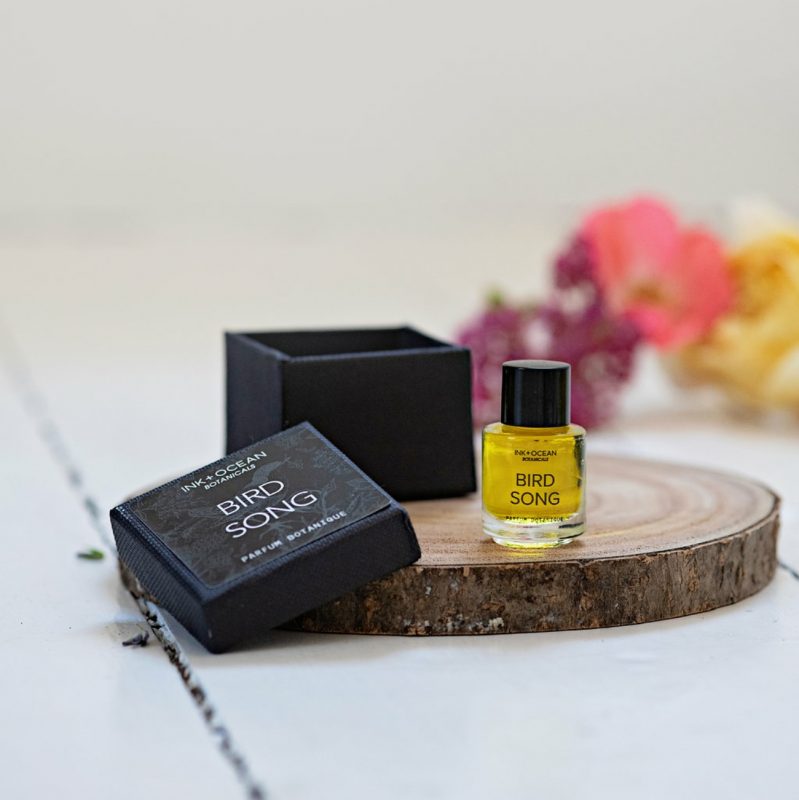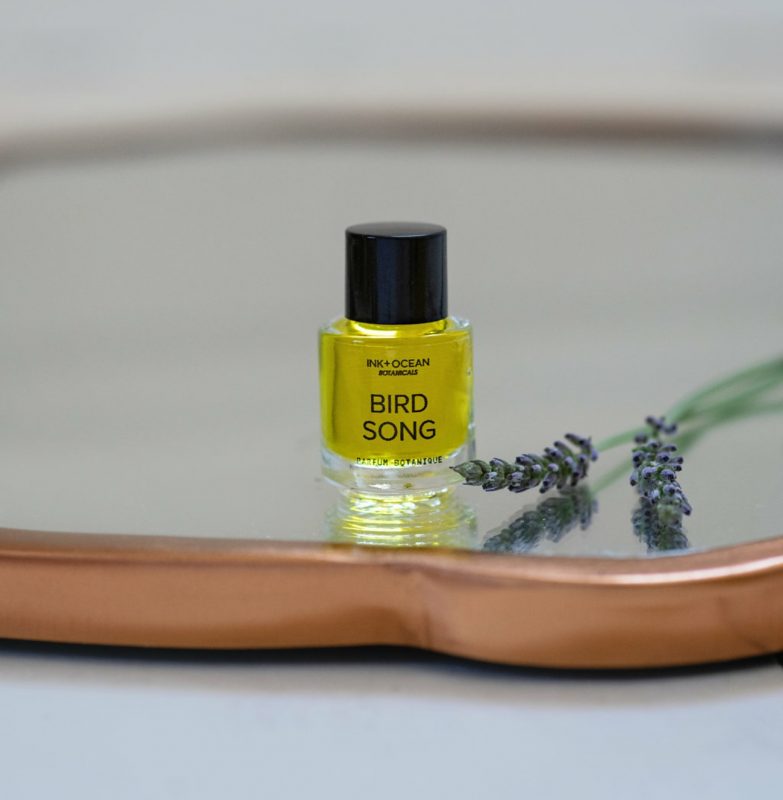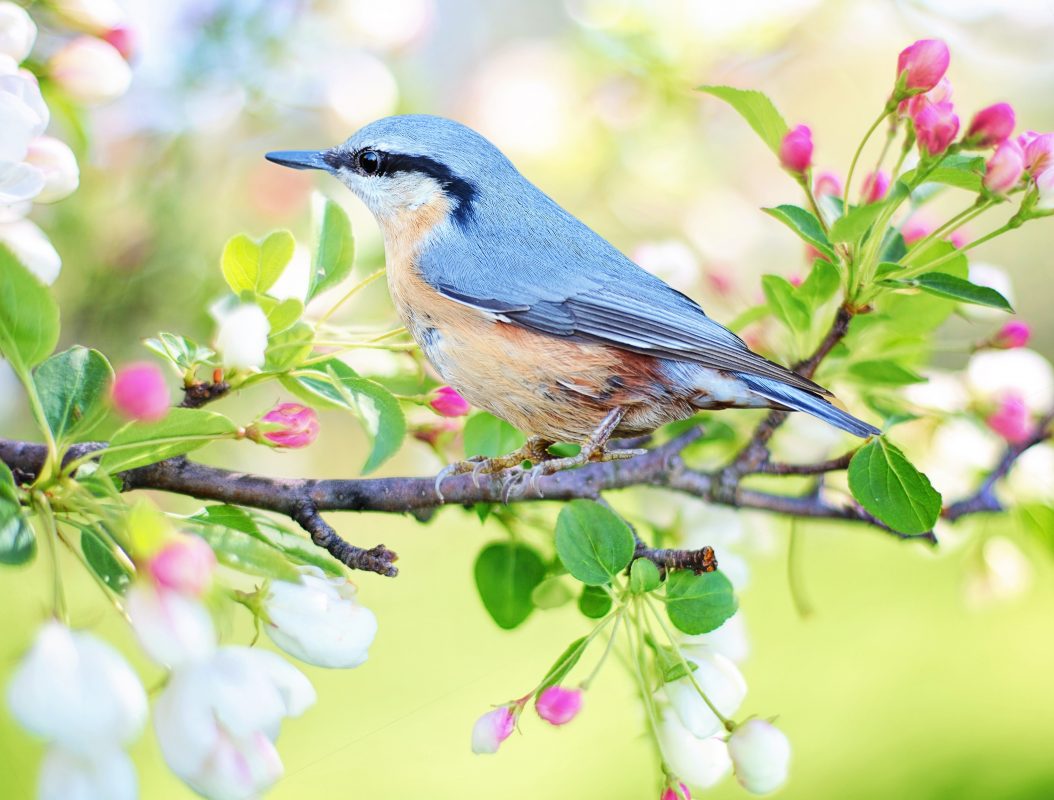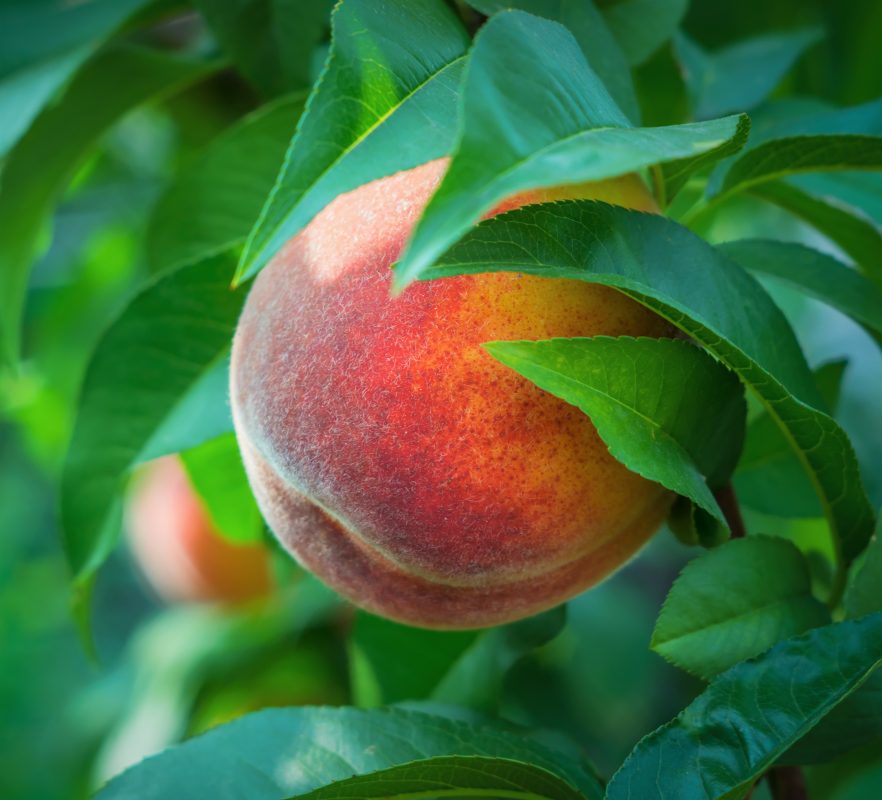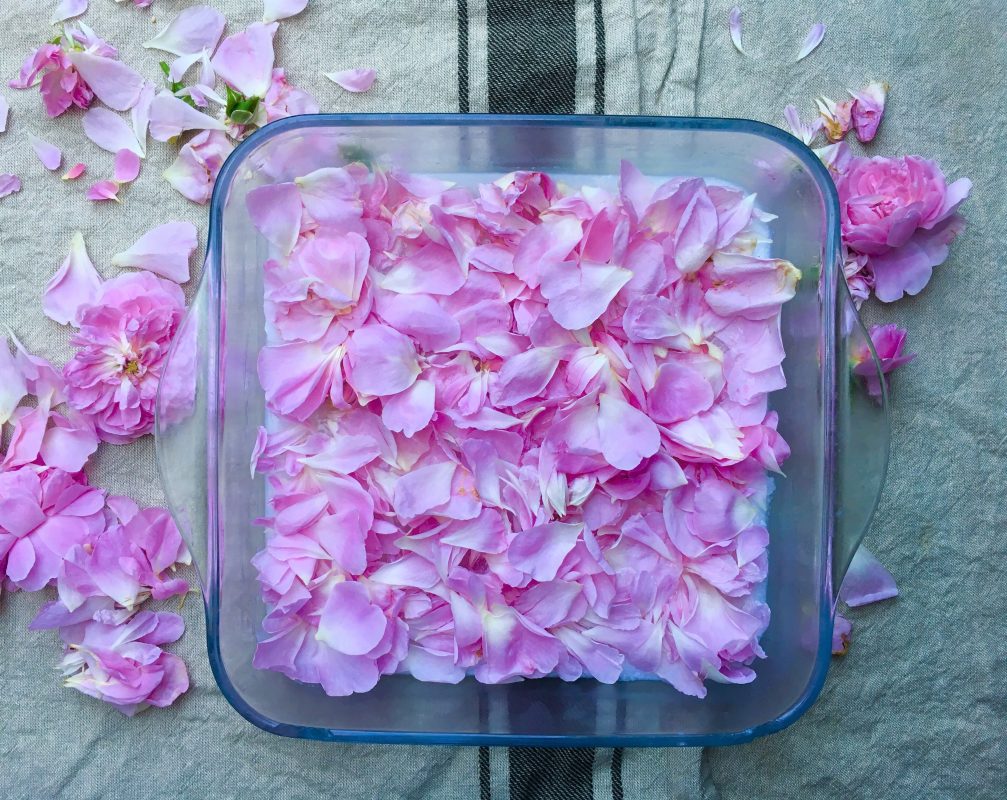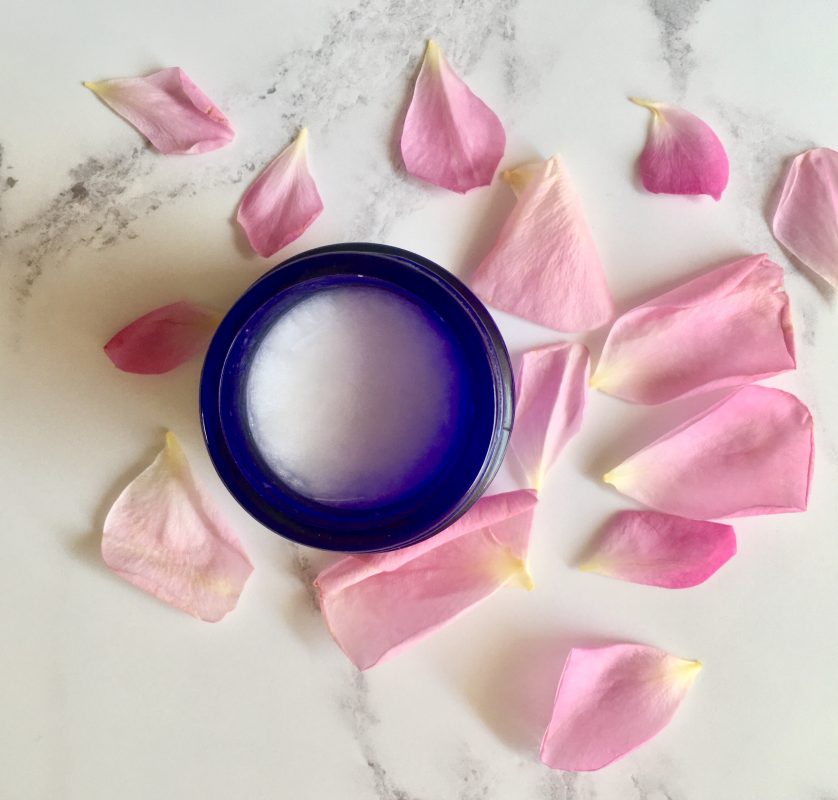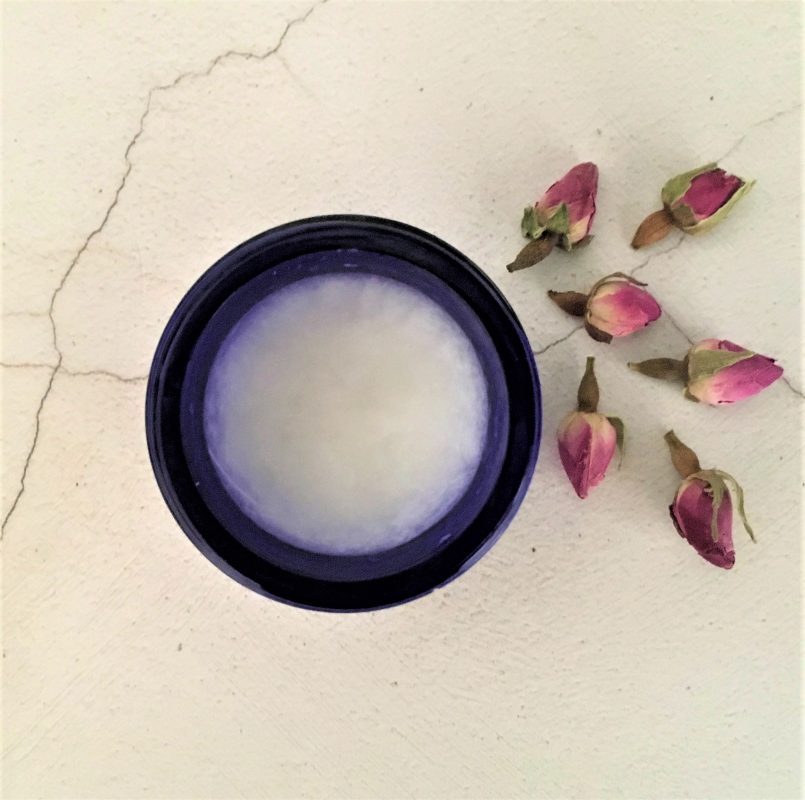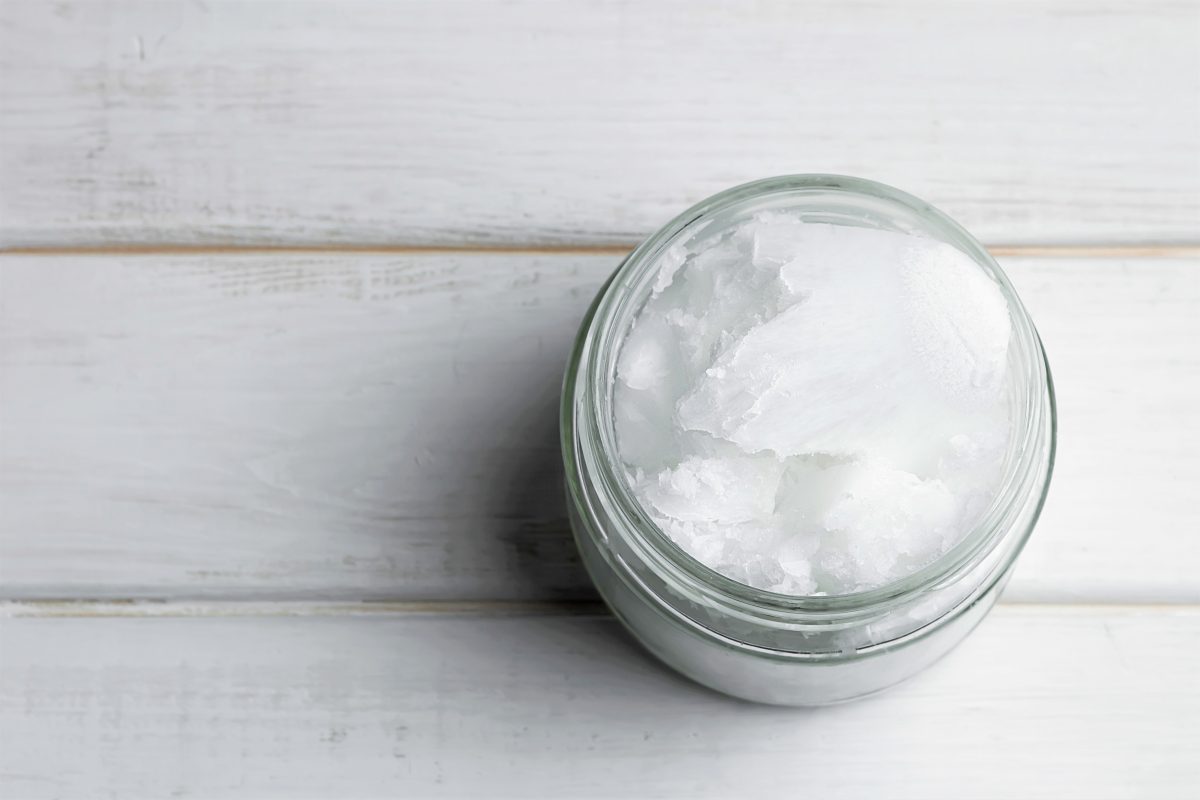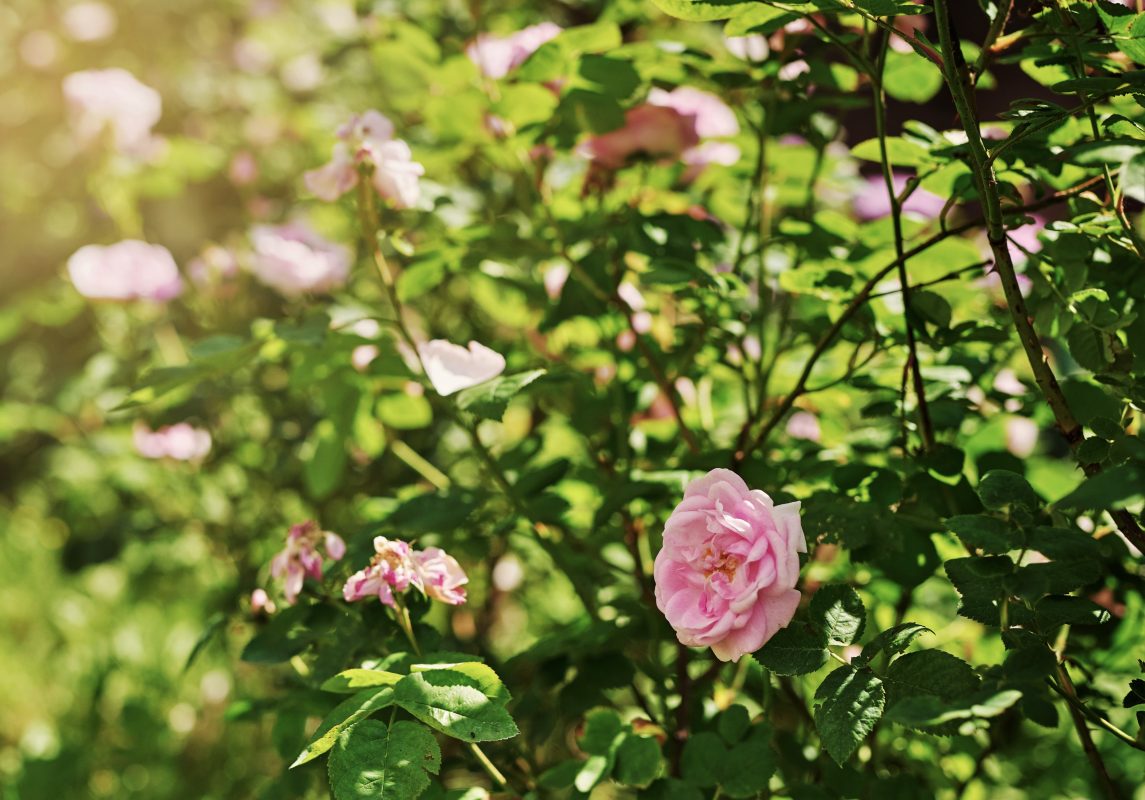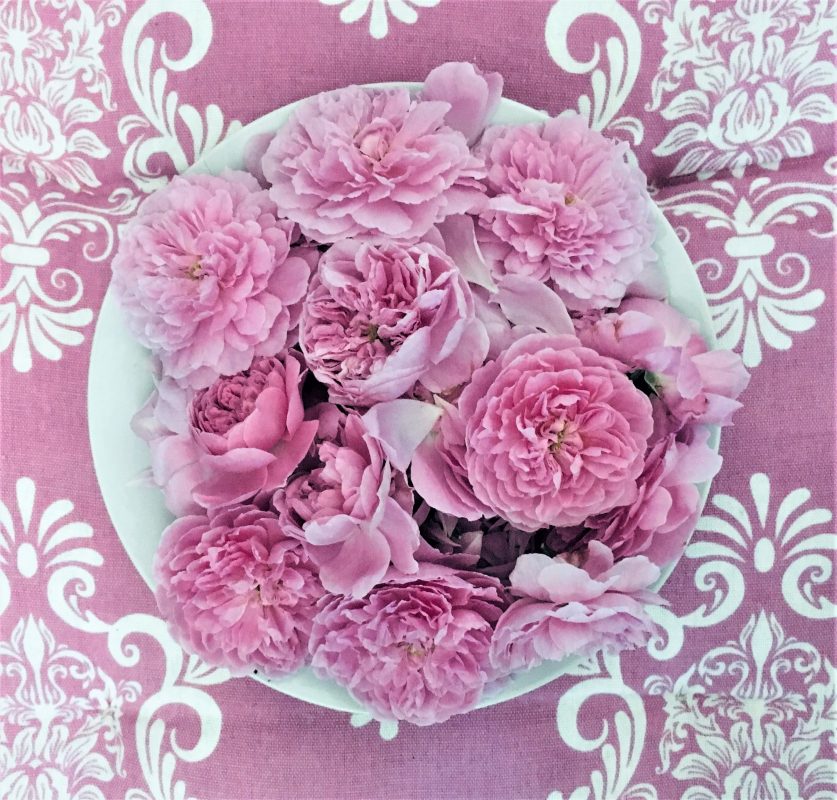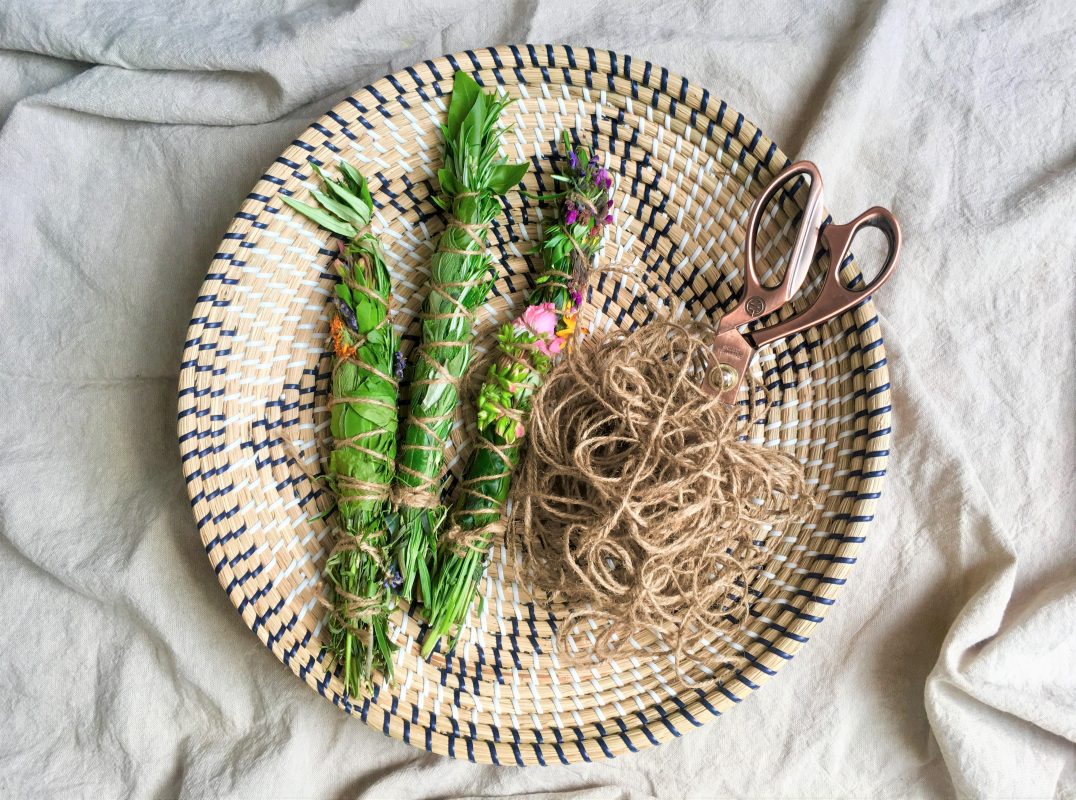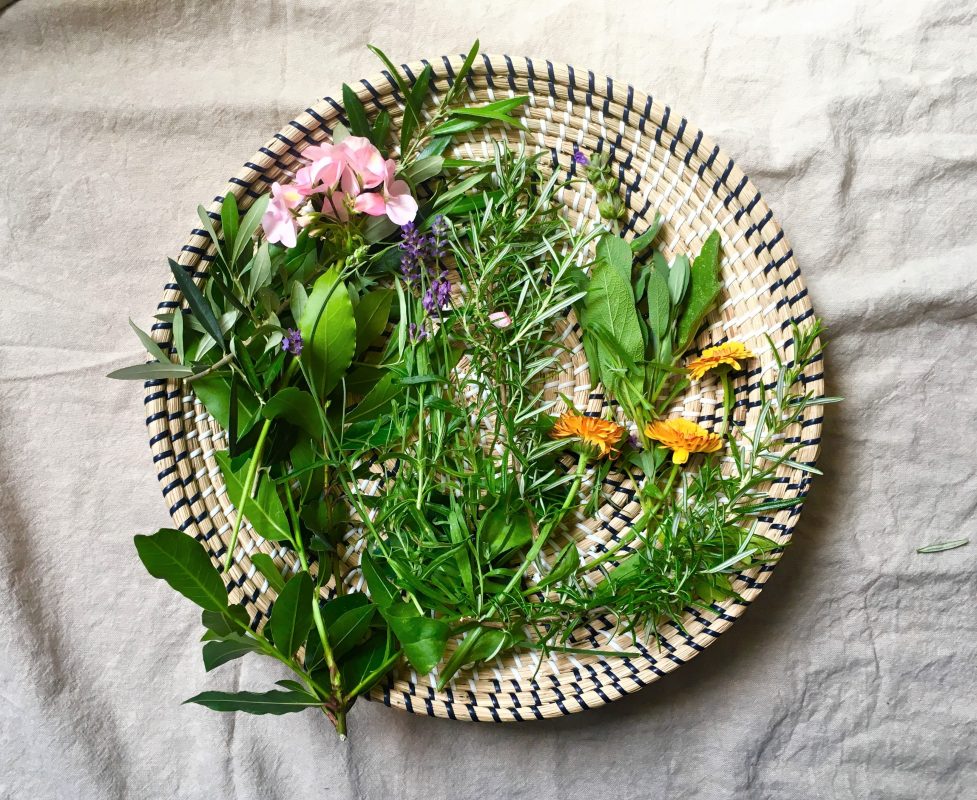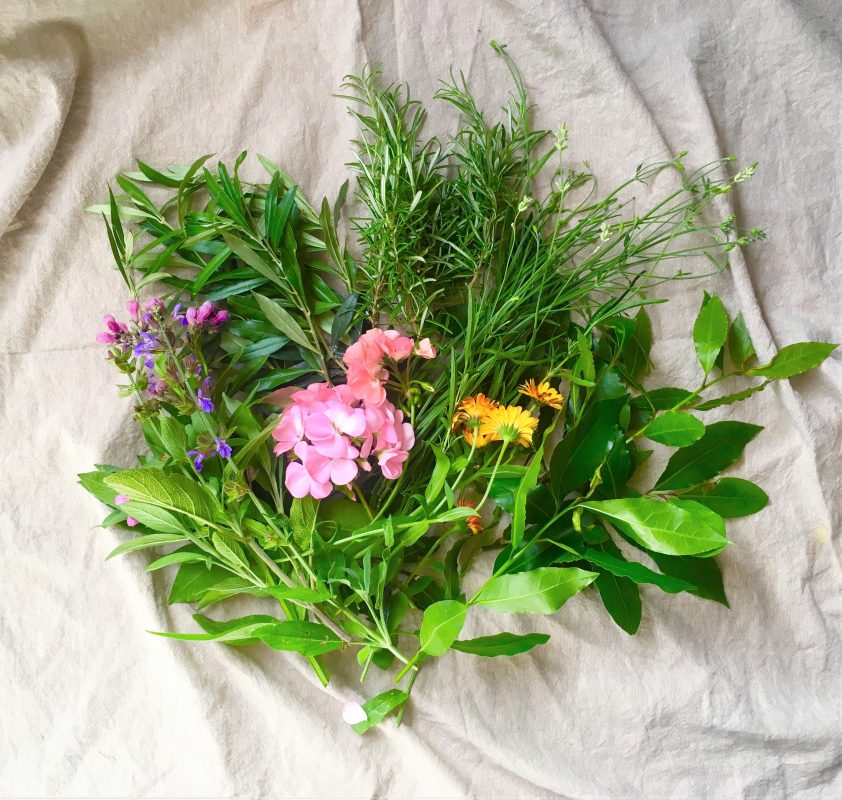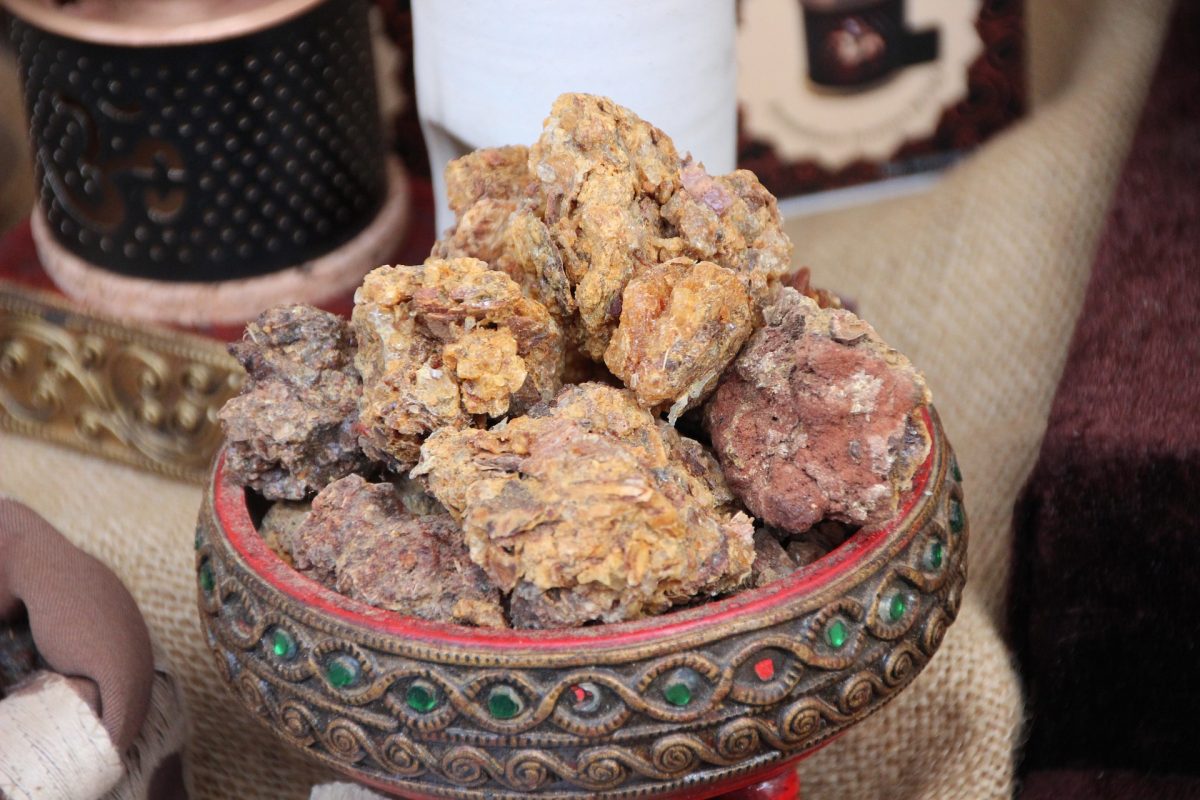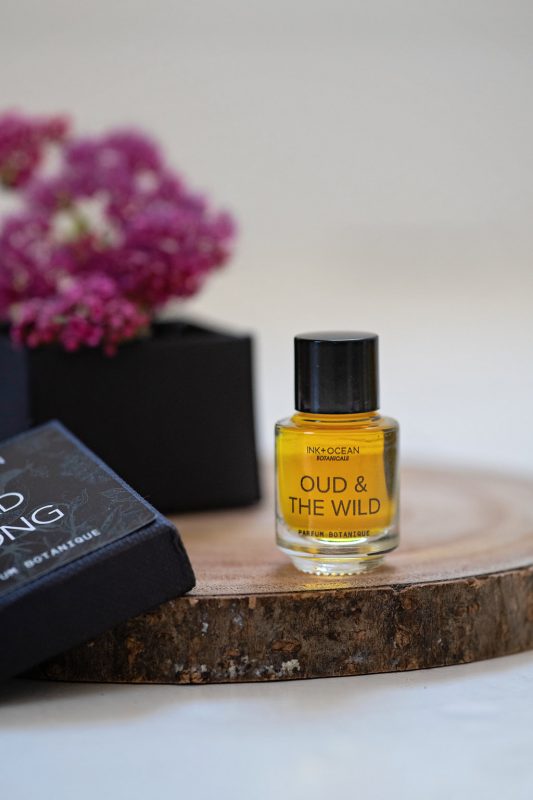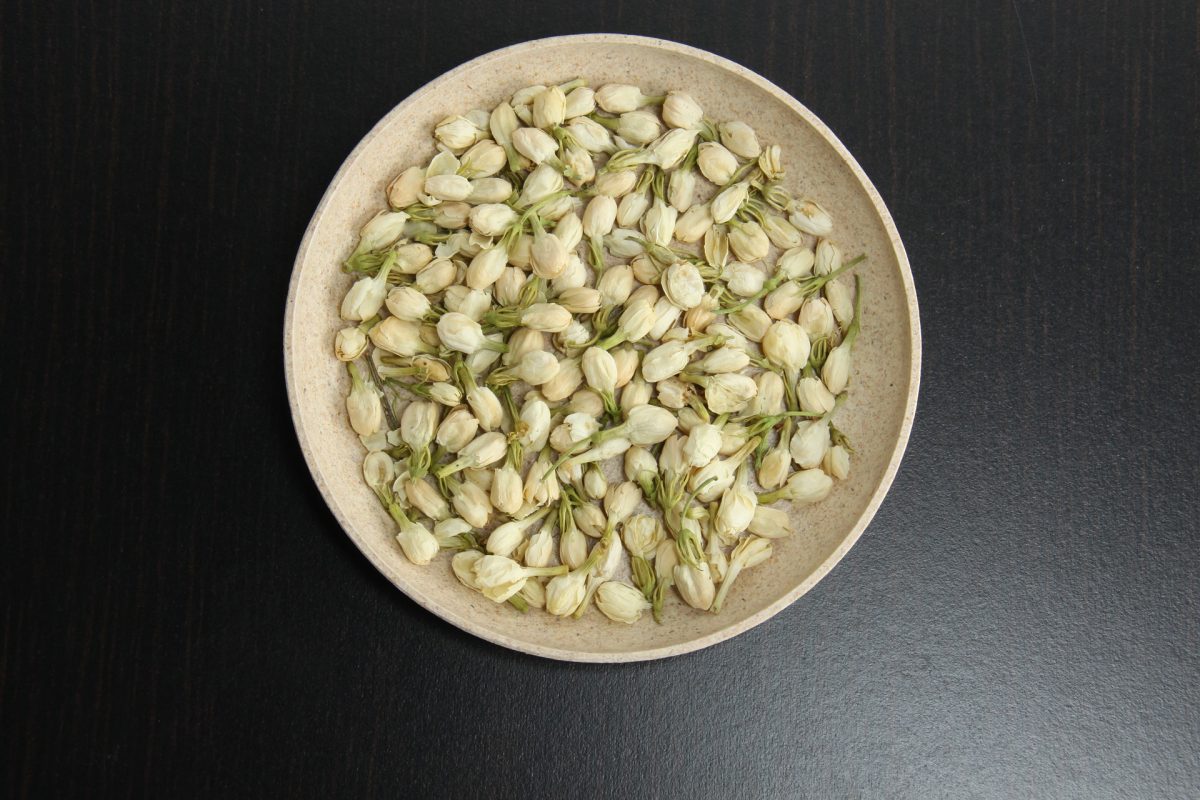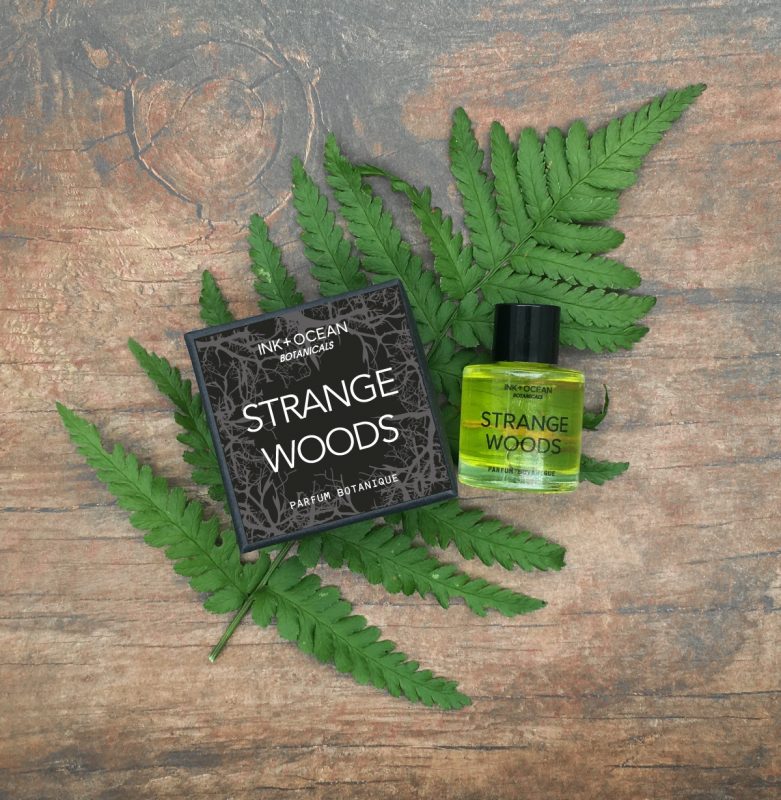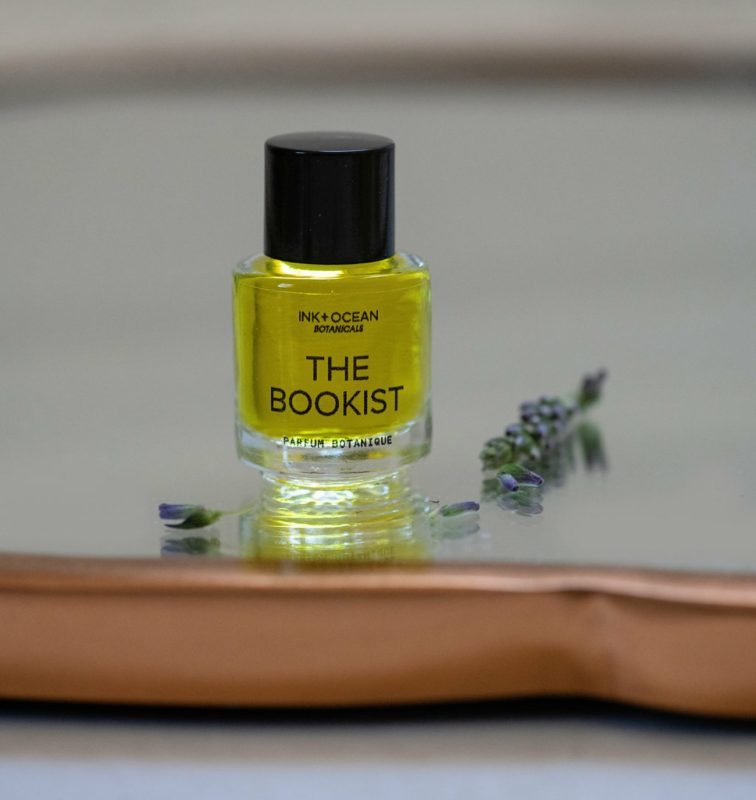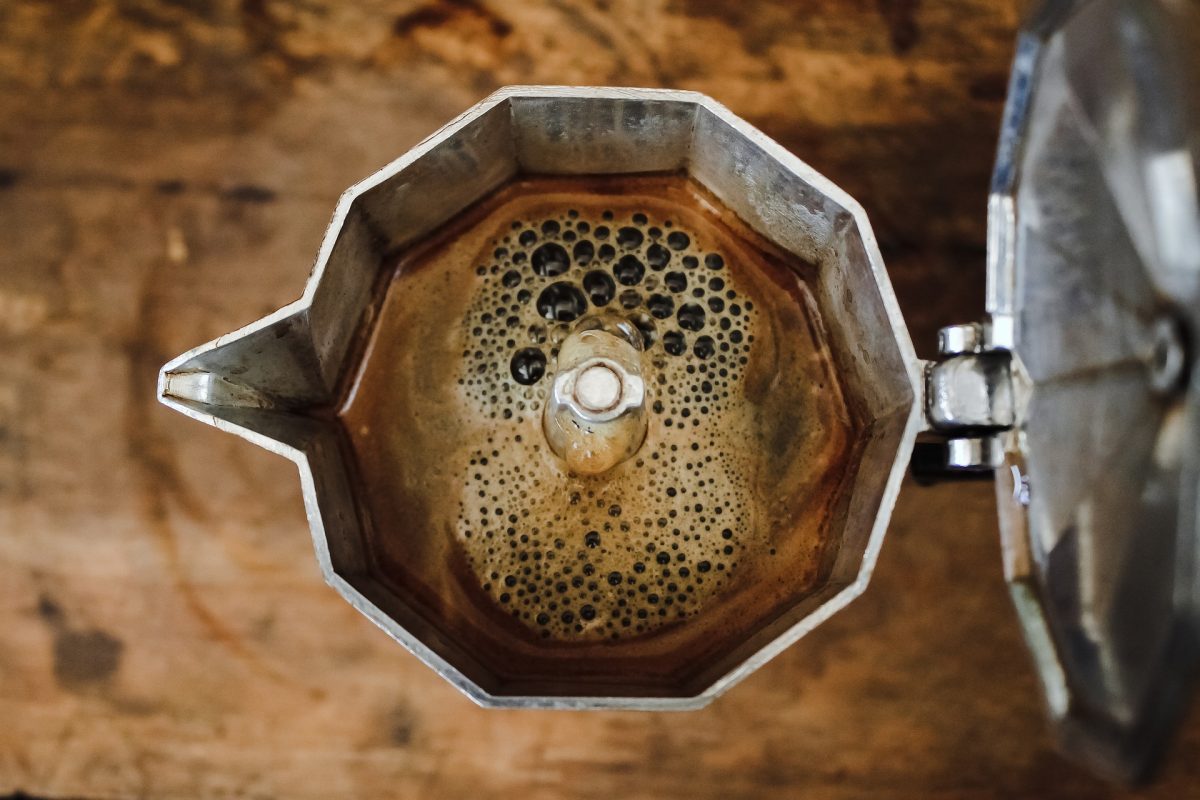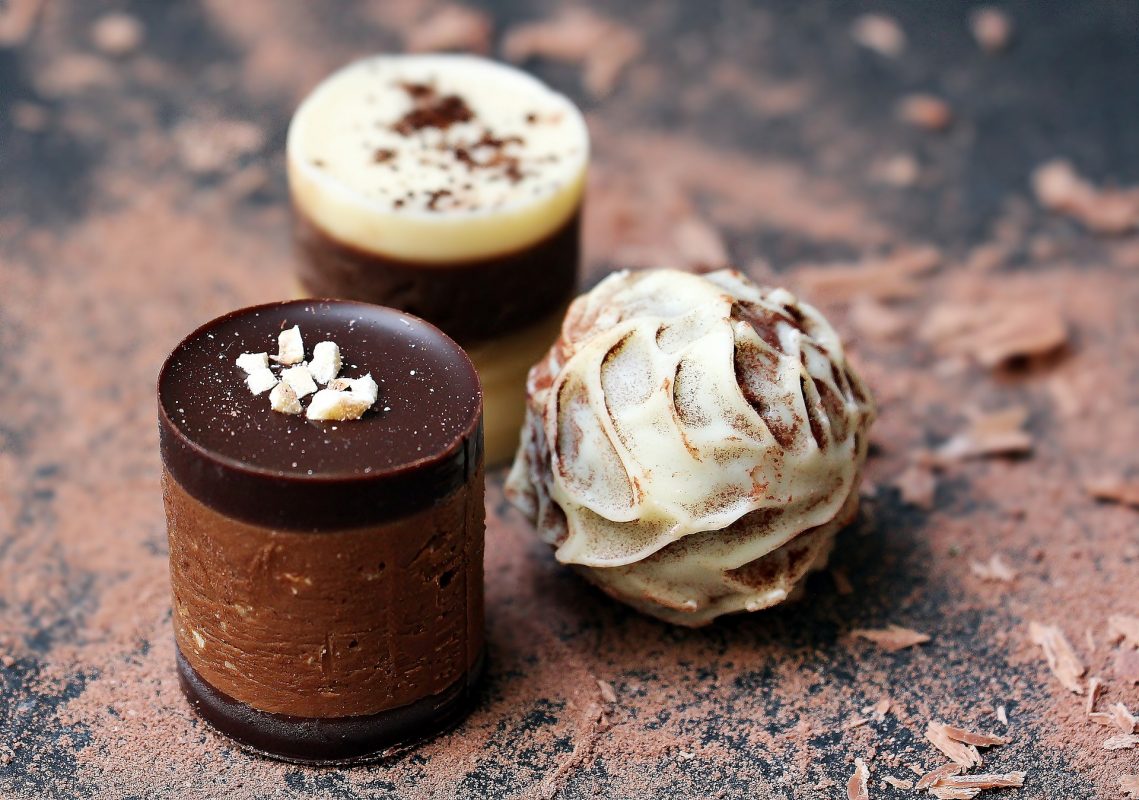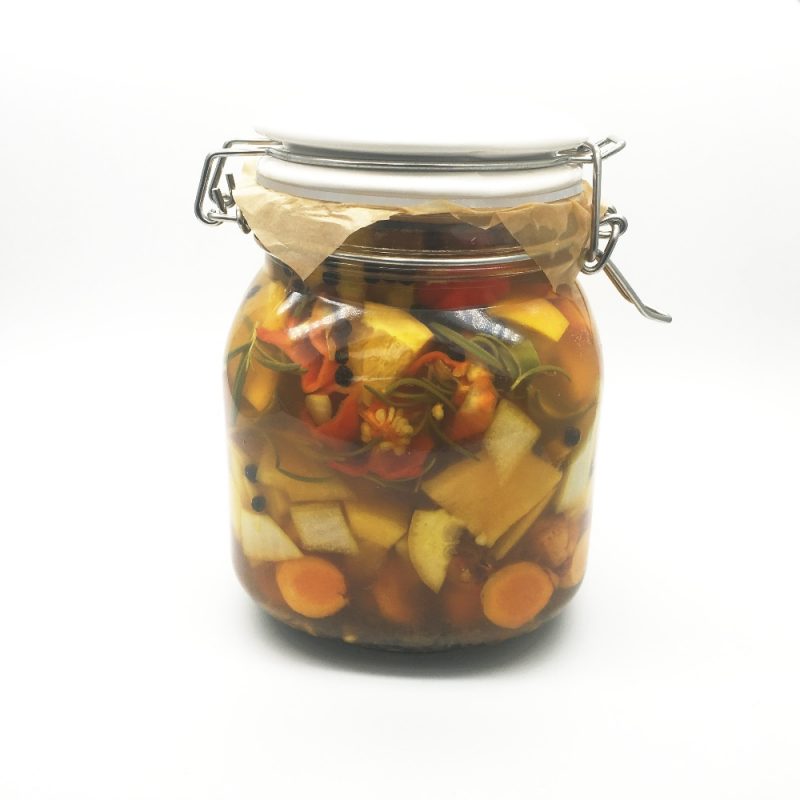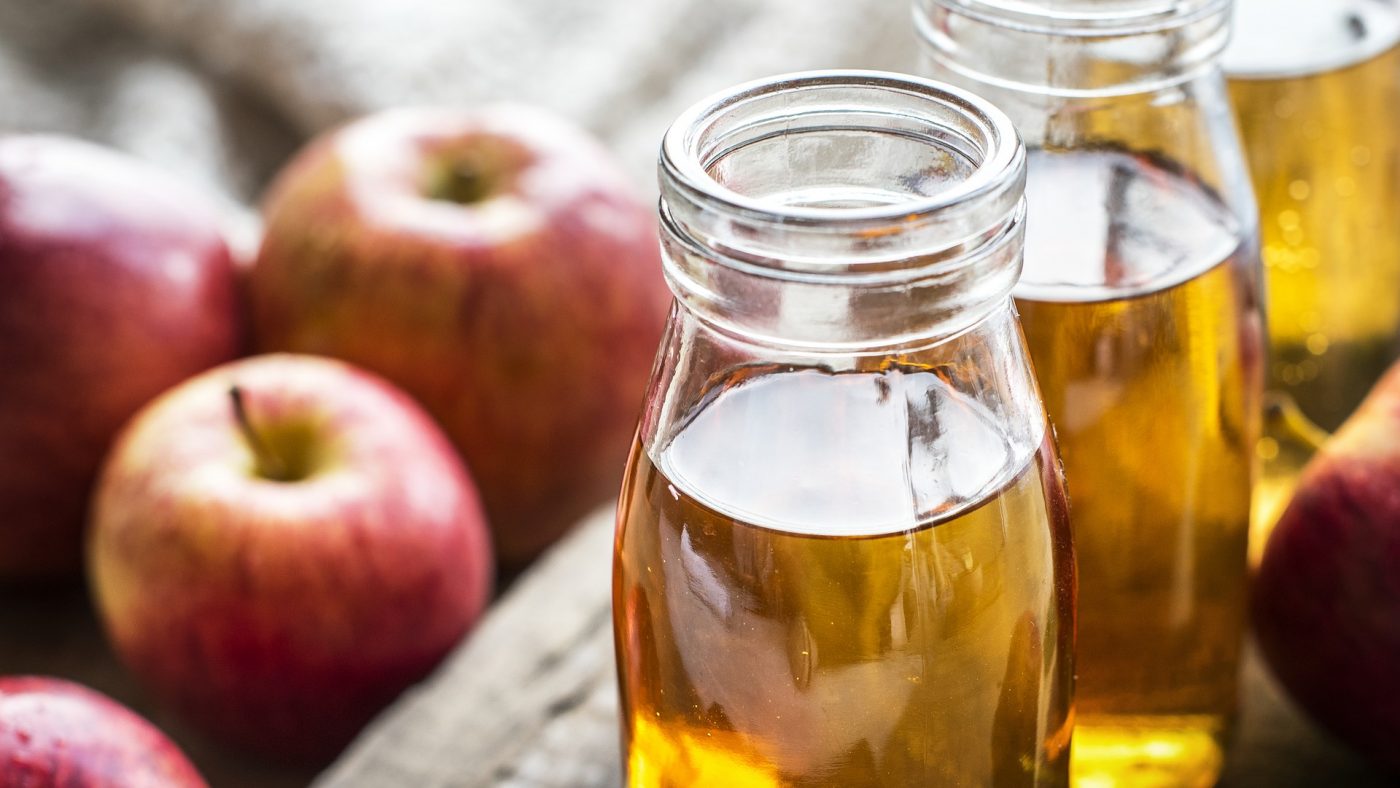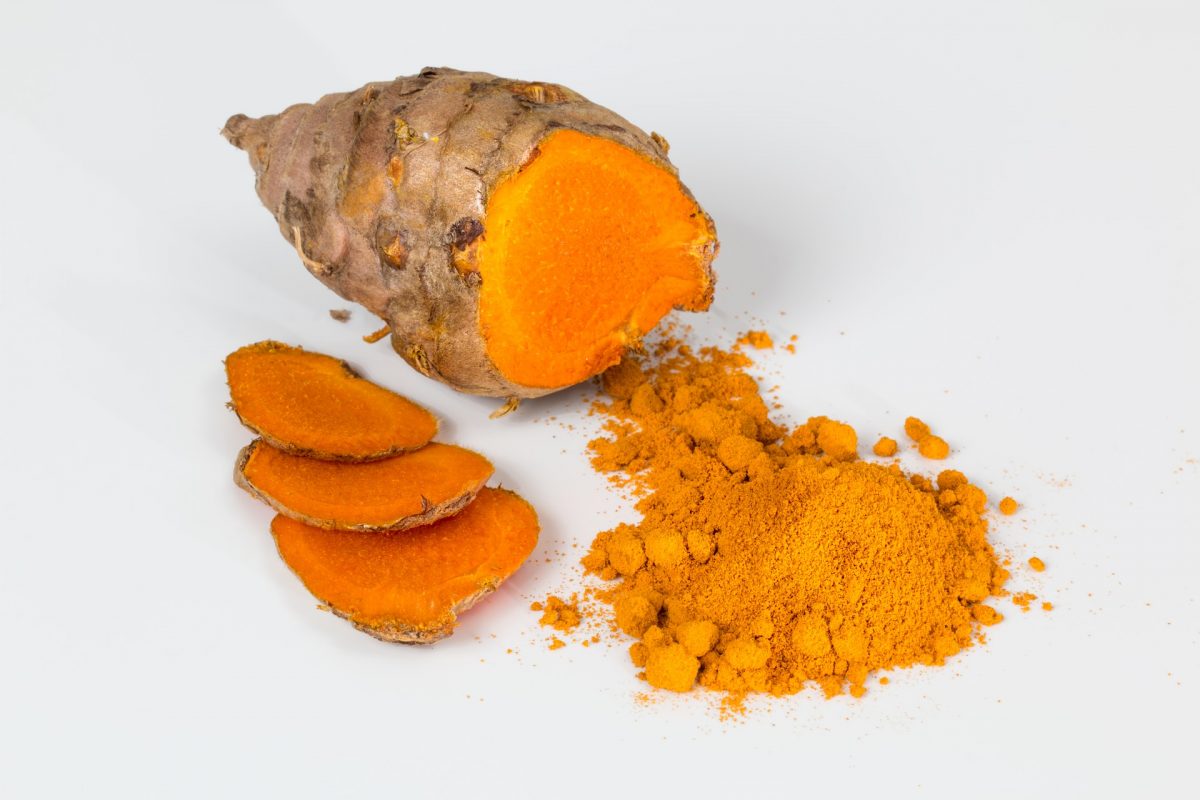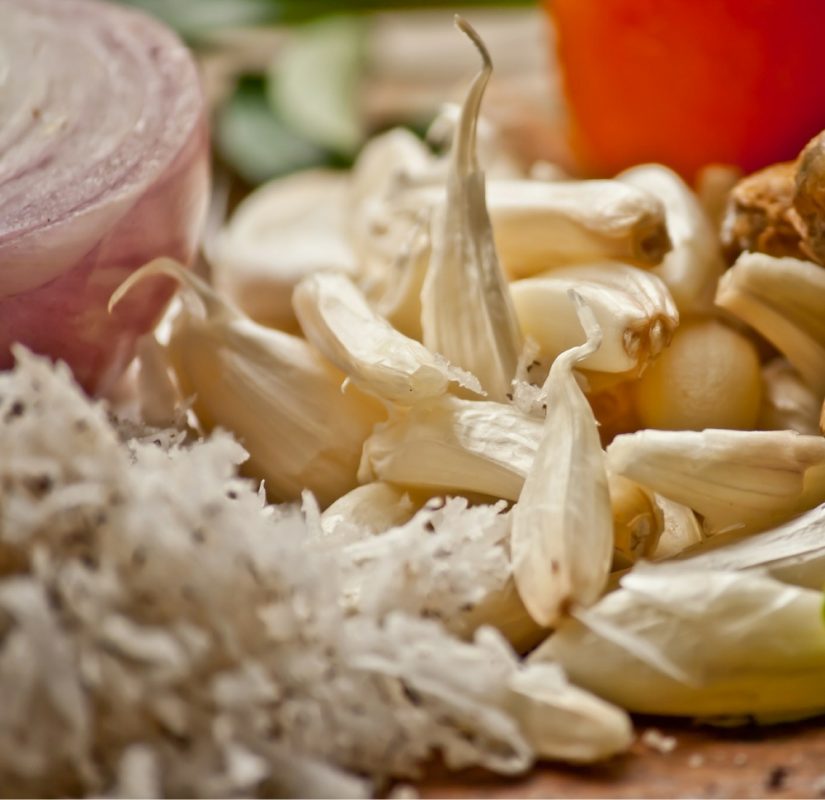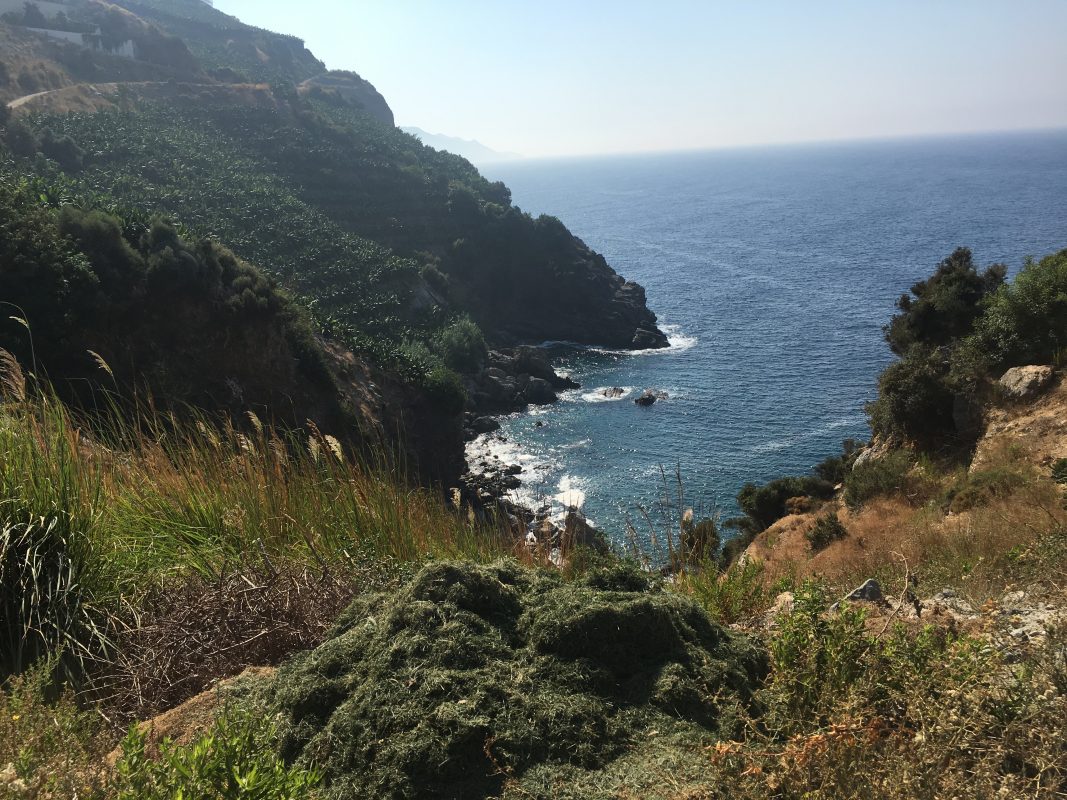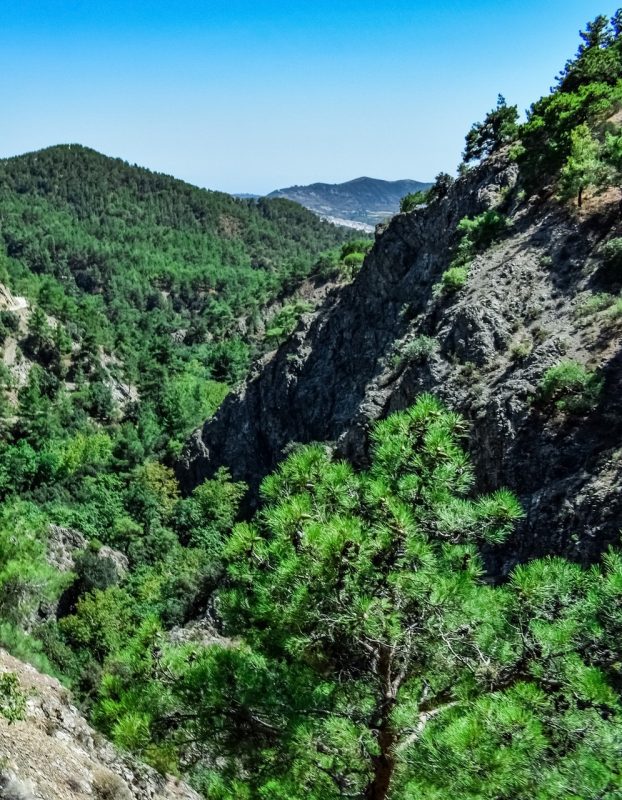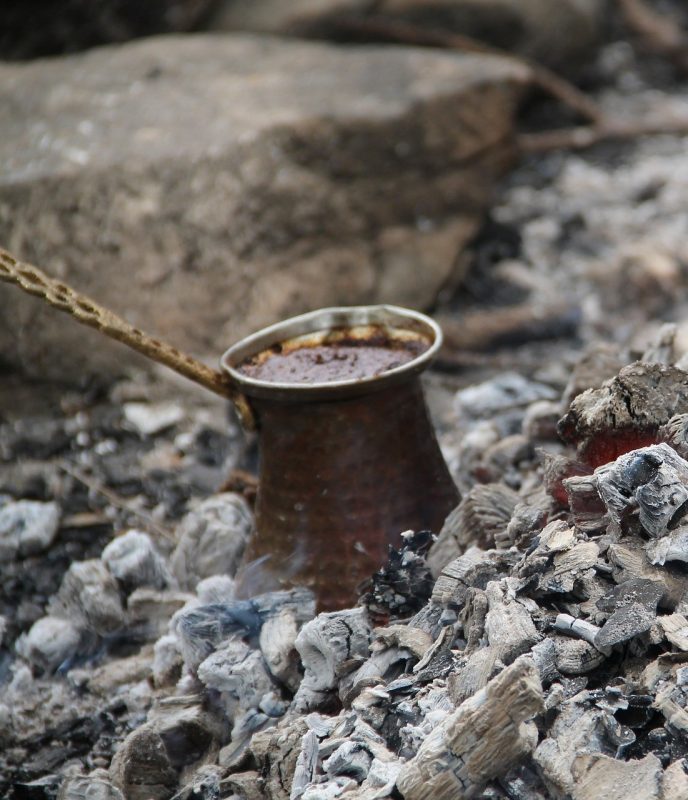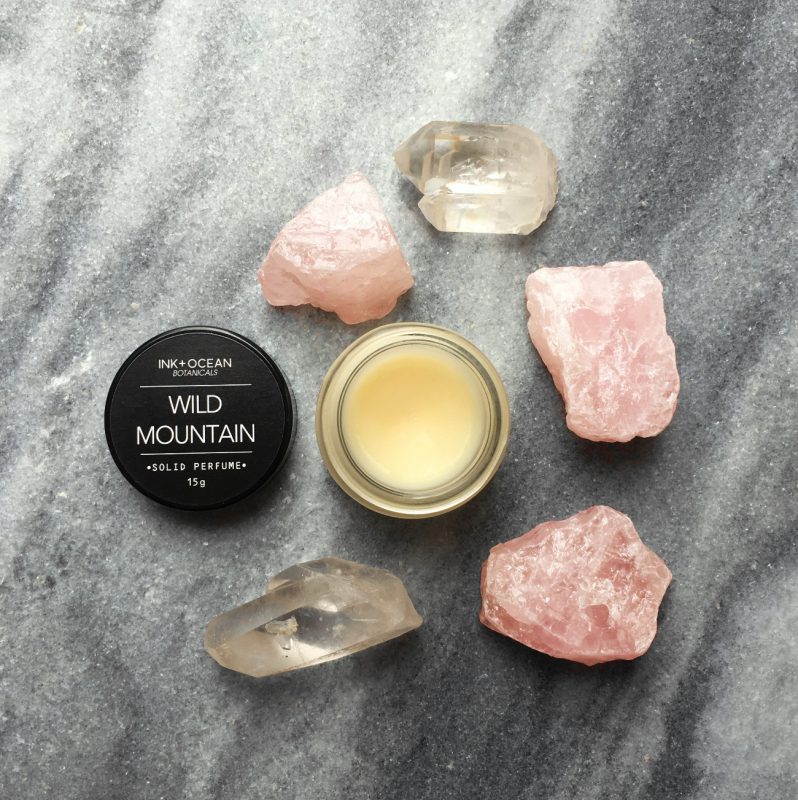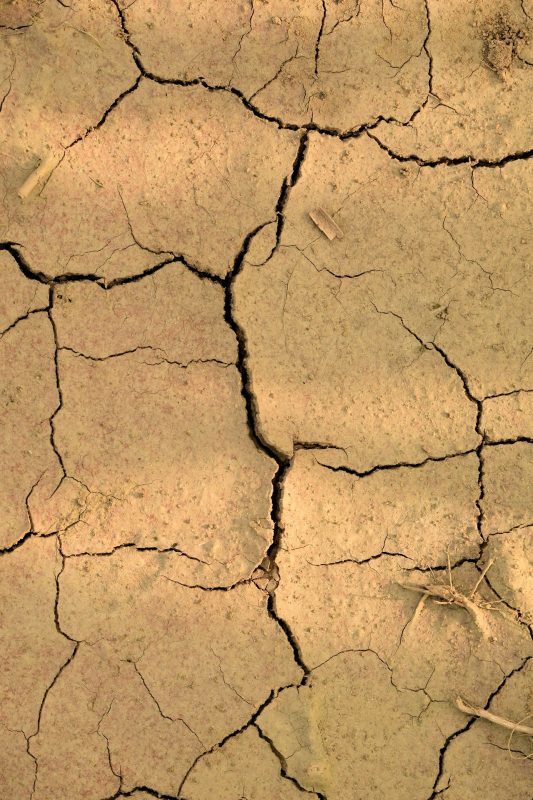This is
simplified version of ‘enfleurage’ a beautiful age old technique of extracting essential
oil from delicate flowers. Historically this method originated in 18th
century France, by perfumers who were looking at different ways to capture the
scent of flowers. Similar methods of extracting scent from fat and oils were
also popular in antiquity, in ancient Egypt and the Near East.
Certain delicate flowers such as roses, tuberose, orange blossom, violets, lilacs and jasmine continue to release perfume after picking. Fat has excellent absorption properties, therefore when they come in to contact with a fragrant flower, they readily absorbs the perfume that is released. Traditionally, the fat used in enfleurage comes from animals, and later this is combined with alcohol to further distill the fragrance. I am going to omit the alcohol process, and use coconut oil instead of animal fat. The fat containing the flower scent and oils is called an ‘enfleurage pomade’ this is what I will be making.
You will need:
2 glass
dishes, one to fit on top of the other.
Fat – enough to cover about 2cm of one of the glass dishes. I’ve use coconut oil here.
Fragrant
flowers – enough to lay on top of the fat.
The process:
+ Gently melt the coconut oil in a pot, but do not heat up. Pour the fat in to the glass dish and let it cool. Once cooled, score the fat in to a diamond pattern to help the fragrance of the flower absorb the fat.
+ Before adding the flower on to the fat, remove any foliage or stems from the flower. Place the flower face down on to the fat, making sure you cover it entirely with the floral matter. Gently press down. Place the second glass dish, or a cover on top. You can seal with tape or cling film to make sure it is completely covered, but I just like to place a cover or lid on top.
+ Leave in a cool dark place for 24 to 48 hours, depending on the type of bloom. Now remove the old blooms and recharge with fresh ones. Repeat this process ideally, a minimum of 6 to 7 times and up to 30 times. The scent is stronger the more times you repeat this process.
+ You now have an elegant enfleurage pomade!
+ You can whip the scented ‘pomade’ up and put in to glass jars and use as required. Makes a wonderful balm for the skin and hair, or use as a base for making other beautifully scented products.

